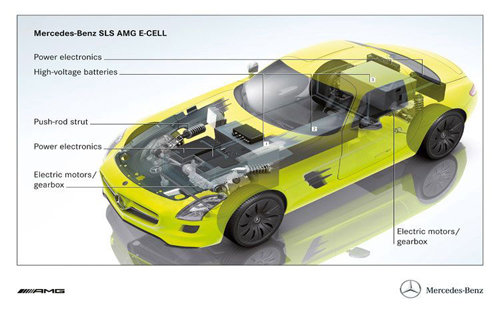Electromobility and fire safety
The degree of electromobility in the automobile industry will increase steadily over the coming years and is perceived as a very attractive emerging market. However, rapid structural changes are unlikely as many general problems surrounding electromobility have yet to be solved. One of these is fire safety. A breakthrough is expected rather in the medium term. Out of 100 million newly produced vehicles in 2020, Bosch expects to see some three million electric cars and plug-in hybrids, as well as six million hybrid vehicles. China has set itself the ambitious target of building roughly one million battery-powered vehicles per year from 2012 on.
Electro mobility: Batteries
To make battery-powered vehicles attractive to the mass market without subsidization, the cost of batteries would have to fall by approx. 70-80%. One step to reduce costs is to develop lightweight Lithium batteries by substituting heavyweight metal casings by lightweight polymer systems. One major approach is the development of suitable safety concepts for electrical vehicles. The main points are the handling of high voltage (400 V), and the safety optimization of batteries against crash and overcharge, as well as fire.
Polymers used for lightweight casings of Li-batteries must meet high flame retardancy requirements in crash tests, and in minimizing their contribution to fires caused by short circuits of lithium-ion cells. Another focus is the fire risk of electrical vehicles when charged in garages at home. Besides battery systems with high fire safety, the charging station and connections have to meet high fire safety requirements such as UL94 V0, or better 5V. The fire safety level to US FMVSS 302 currently globally required for interiors of conventional road vehicles is by far too low and will have to be adjusted to the UL94 V0/5V level for electric vehicles.
